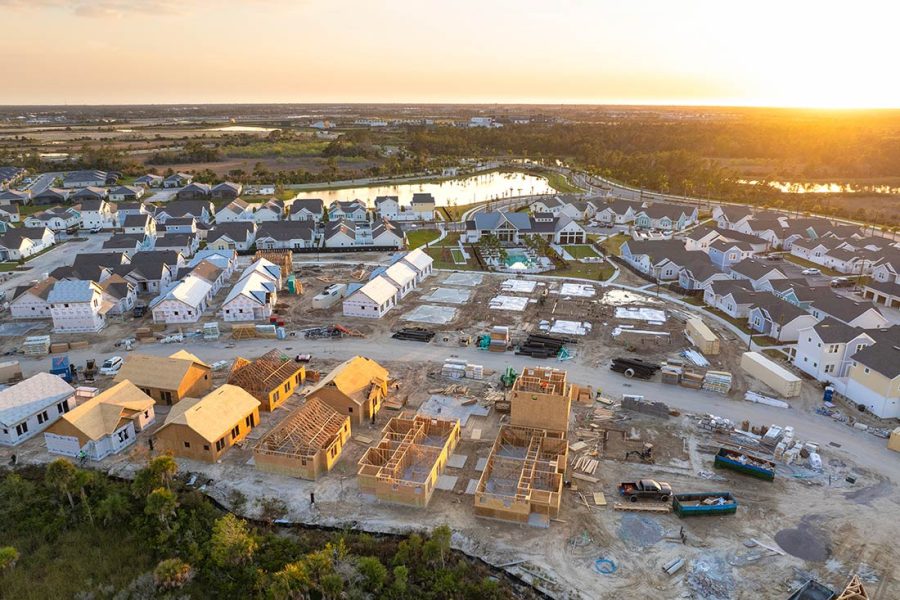
Biddeford, ME, Mill District Concept Plan, Source: City of Biddeford Website
Around the country there are examples of successful brownfield redevelopment projects, but there are many more examples of less successful efforts. What gives?
Without question, environmentally contaminated sites or “brownfields” are among the most challenging to redevelop, but they can also be the most rewarding when successful. However, if a clear understanding of real estate market opportunities for redevelopment does not guide the planning process, brownfield redevelopment has little chance of succeeding.
Here are four tips to strengthen the chance of successful cleanup and reuse of brownfield properties for economic development and planning organizations:
1) Understand the Market
This may seem obvious, but whether it’s a brownfield or not, you need a real estate market analysis to confirm the end use with the highest chance for success. A comprehensive real estate analysis can help you determine big picture uses (residential, industrial, commercial) or help you refine your assessment to figure out the details of the project (price points, unit mix, etc.). Economic development organizations and private developers can all benefit from market analysis to define the project with the most potential.
- Understanding the redevelopment potential following the removal of a waste-to-energy facility in downtown Biddeford, ME, meant working with the city to understand what was happening, what could happen, and how to make it happen.
2) Address Environmental Concerns
Although you may not be able to address all of the environmental concerns that are impacting the site right up front, by conducting some basic investigation you’ll be able to better position the site for reuse. Establish an understanding of what remediation may be needed, along with estimated cost and allowable uses that can then be used by a future owner or investor.
Uncertainty is scary for investors, so the more you can do to reduce the unknowns about a property, the more attractive the project will become.
3) Conduct a Financial Feasibility Analysis
With a handle on the uses with the most potential, and any environmental remediation costs, complete a financial feasibility analysis that estimates the likely return on investment for a private investor. An initial feasibility analysis can help set expectations, further reduce unpredictability, and establish a sense of potential for developers who are considering taking on the redevelopment.
- In New Haven, CT, the challenge was to understand the opportunities associated two city-owned sites near an Amtrak station and measure the financial feasibility. A real estate market demand analysis informed a financial feasibility study of two reuse scenarios and is being used by the City to guide next steps.
4) Balance Patience with Impatience
Finding the right reuse, getting environmental analysis done, and issuing a developer Request For Proposals (RFP) are all the “right” steps.
Urgency is important but so is being able to recognize that none of it will be easy or happen over night and forcing a project that isn’t right just for a quick win won’t do any good in the end.
____________________________________________________________________________________
Camoin Associates has worked with many engineers, planners, and economic development organizations to help strategize around attracting investment to brownfield redevelopment opportunities. Knowing how to set the stage for investment, design a project that aligns with the current market needs, and how to engage public and private resources is critical to having success in reviving a brownfield.




